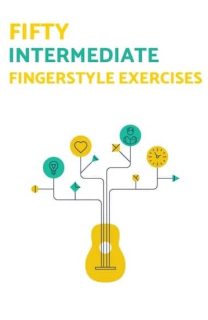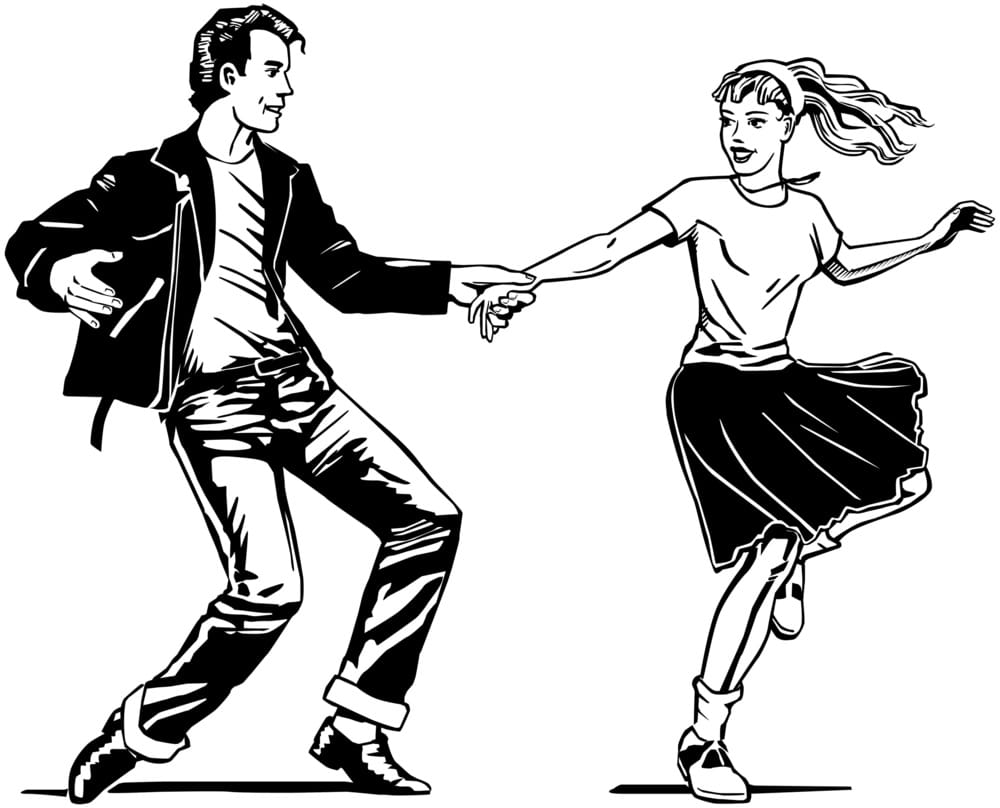
FINGERPICKING PATTERNS
Boogie Woogie Fingerstyle Bass
Learning this bassline opens up a range of fingerpicking possibilities.
In this lesson, we will focus on just learning and playing a bassline.
I know, you’re a guitarist and not a bass player!
But the thing about fingerstyle guitarists is that they are both – and they have to do both at the same time. Most fingerstyle players spend a lot of time alternating bass and playing a Travis picking bass – but we are going to break out of these patterns by playing a boogie woogie style bassline to expand your playing.
Boogie Woogie Bass Pattern in E
Have a look at the tab below. You can listen to the audio as well.
You have heard this before. It won’t come as any surprise to the ears. And we need to spend a while to get it underneath our fingers.
Play each note with the thumb (of the right hand). Take it slowly. You might not be used to playing notes like that that are far apart..
My advice for fingering (right hand) is to use the index finger for all notes at the 2nd fret and the third finger for all notes at the 4th fret.
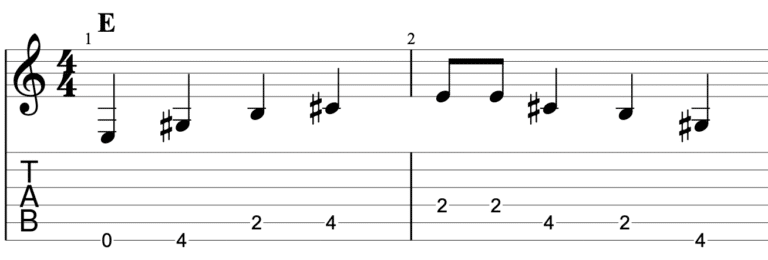
Exercise 1 Audio – Slow
Exercise 1 Audio – Fast
How to play the double note
If you tried to play the exercise above using only the thumb, it may have proven a bit difficult – particularly as you speed up.
The problem area would be the ‘double notes’ – those 2 notes that are shorter in duration than the others (highlighted in red below).
For these notes, you want to play the first with the thumb and the second note with the index finger of the right hand. In fact, I recommend just isolating these 2 notes and practicing that technique.
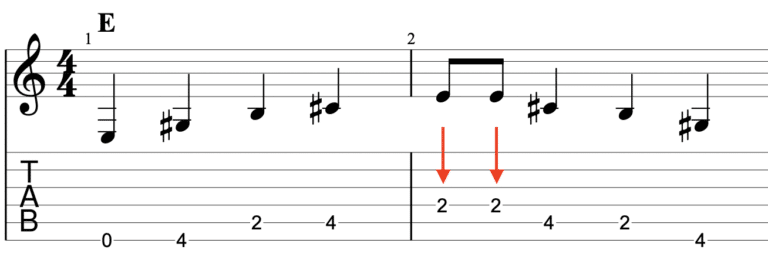
Boogie woogie bass pattern in a
Here we have the same as example 1 – but just down a string.
This brings us from the key of E to the key of A (which is the change a blues progression would follow – a I-IV progression for those familiar with blues changes).
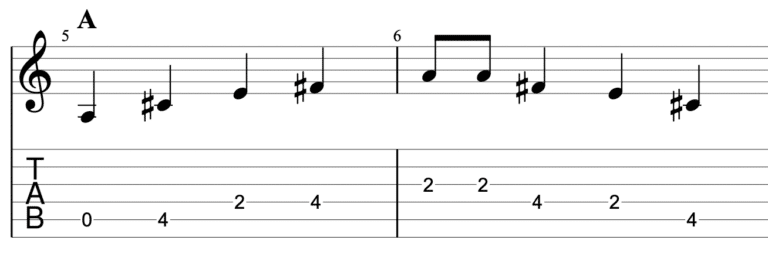
Exercise 3 Audio Slow
Exercise 3 Audio Fast
Boogie woogie bass pattern - last 4 chords
After playing that pattern in E, then A, then E again – we play the last 4 chords of our blues progression.
This is over B, A, E and B.
It’s completely fine to forget about blues chords and theory and just learn this off by heart. For those who are interested in or already play the blues, this will be familiar territory. If this is new to you, just play it! Let your ears get familiar with it

Exercise 4 Audio Slow
Exercise 4 Audio Fast
Boogie woogie bass pattern - last 4 chords ( alternate )
Here is an alternate take on those last 4 chords (B, A, E, B)
There is much more movement here (typical of a bass player) so take it slowly and enjoy it.
Remember the version in the exercise above is ideal if you want something easier and steady. But this one is fun – because it’s moving around and makes life interesting

Exercise 5 Audio Slow
Exercise 5 Audio Fast
For a final chord, I might play something like this and let it ring.
Just to get that funky sound and feel. It is also completely fine to play a regular E or E7 chord, but do focus on doing a single strum and letting it ring to finish.
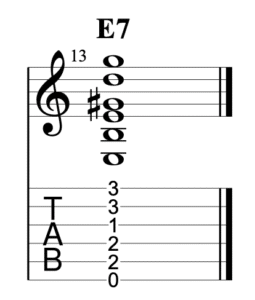
summary
Playing bass is vital for a fingerstyle guitarist. It’s important to work on this area.
Fingerpickers often tend to play alternate or travis bass patterns – which is great – but we want to break out and learn something new to really add that unique flavor to our playing. The Boogie Woogie bass pattern gives us the opportunity to really focus on our bass technique and to learn a way to provide accompaniment over a 12 bar blues structure.
Practice slowly and have fun with it
Good Luck!
p.s. if you want to try some other intermediate level fingerpicking patterns, check out these intermediate examples
Get the Learn Fingerpicking Book
Register for the newsletter and I will send you this book (105 pages) and a free lesson once a month.
This is the ideal resource for complete beginners who wish to learn guitar.

Special Offer - 50% Discount
